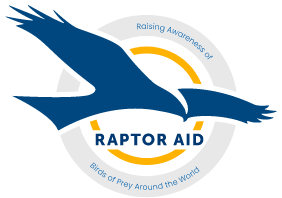Rodenticide & Pesticide
Both rodenticides and pesticides have affected birds of prey for years. One of the biggest and worst single species crisis in the UK was the dramatic decline of the Peregrine falcon. The decline of the Peregrine falcon and also Sparrowhawk notably came about with the introduction of DDT, an organochlorine used in agriculture throughout the 1950's-60's. DDT was easily absorbed through fats and stayed within the food chain of top predators like Peregrines and Sparrowhawks. This build up caused the thinning of egg shells and an increase in mortality of adults and chicks. Peregrines in the UK and notably England declined to less than 50 pairs until a complete ban of organochlorines by 1980's.
With the above example fairly recently, it might be surprising to hear that rodenticides and in particular secondary generation anticoagulants (SGAR) are having an effect on birds of prey and other wildlife. The Predatory Bird Monitoring Scheme has been monitoring the effects and how prevalent SGAR's are within several species of birds of prey including Red Kites, Kestrels, Sparrowhawks and Barn owls.
The PBMS analysed 173 Barn owls and 42 Sparrowhawks between 2010-2012 and found 149 (86%) of owls had a detectable liver residue of one or more SGAR and 39 (93%) of hawks had detectable liver residue of one or more SGAR. Interestingly, it was thought that SGAR's only affected species that fed primarily on rodents, but the results from Sparrowhawks clearly show this isn't necessarily true. Unfortunately, it appears we haven't learnt much from the DDT scenario.
The Barn Owl Trust have published some great work to help you understand a bit more about SGAR's within Barn owls which can also be related to other mammal feeding birds of prey like Kestrels. They have also published a petition which Raptor Aid fully support.
Barn Owl Trust - Rat Poison
Barn Owl Trust - Petition
